Ford Aluminum Body Corrosion Issues – Complete Guide 2024!
When Ford first announced the shift to aluminum bodies for its vehicles, it was a bold move aimed at improving fuel efficiency, reducing weight, and enhancing overall vehicle performance. The introduction of aluminum, particularly in the popular Ford F-150, was met with both excitement and skepticism. While aluminum was touted as a material that would resist rust better than steel, real-world experiences have shown that corrosion can still be a significant issue. In this article, we’ll dive deep into the corrosion issues faced by Ford aluminum bodies, exploring the causes, effects, and what this means for Ford owners.
There have been corrosion problems with Ford’s aluminum body vehicles, especially in places where they are exposed to moisture and road salt.. Despite aluminum’s resistance to rust, some Ford owners have reported problems like bubbling paint and structural damage over time.”
In this article we will discuss“Ford Aluminum Body Corrosion Issues”.
Table of Contents
History of Ford’s decision to use aluminum
Ford decided to use aluminum in its vehicles, starting with the F-150 in 2015, to reduce weight and improve fuel efficiency. This move was driven by the need to meet stricter environmental standards and enhance vehicle performance.
Benefits of aluminum over traditional steel
Because aluminum is lighter than conventional steel, cars run better and use less gasolineIt also resists rust better, leading to a longer lifespan in harsh conditions. Additionally, aluminum’s lighter weight allows for better handling and increased towing capacity in vehicles like the Ford F-150.
Weight reduction and fuel efficiency
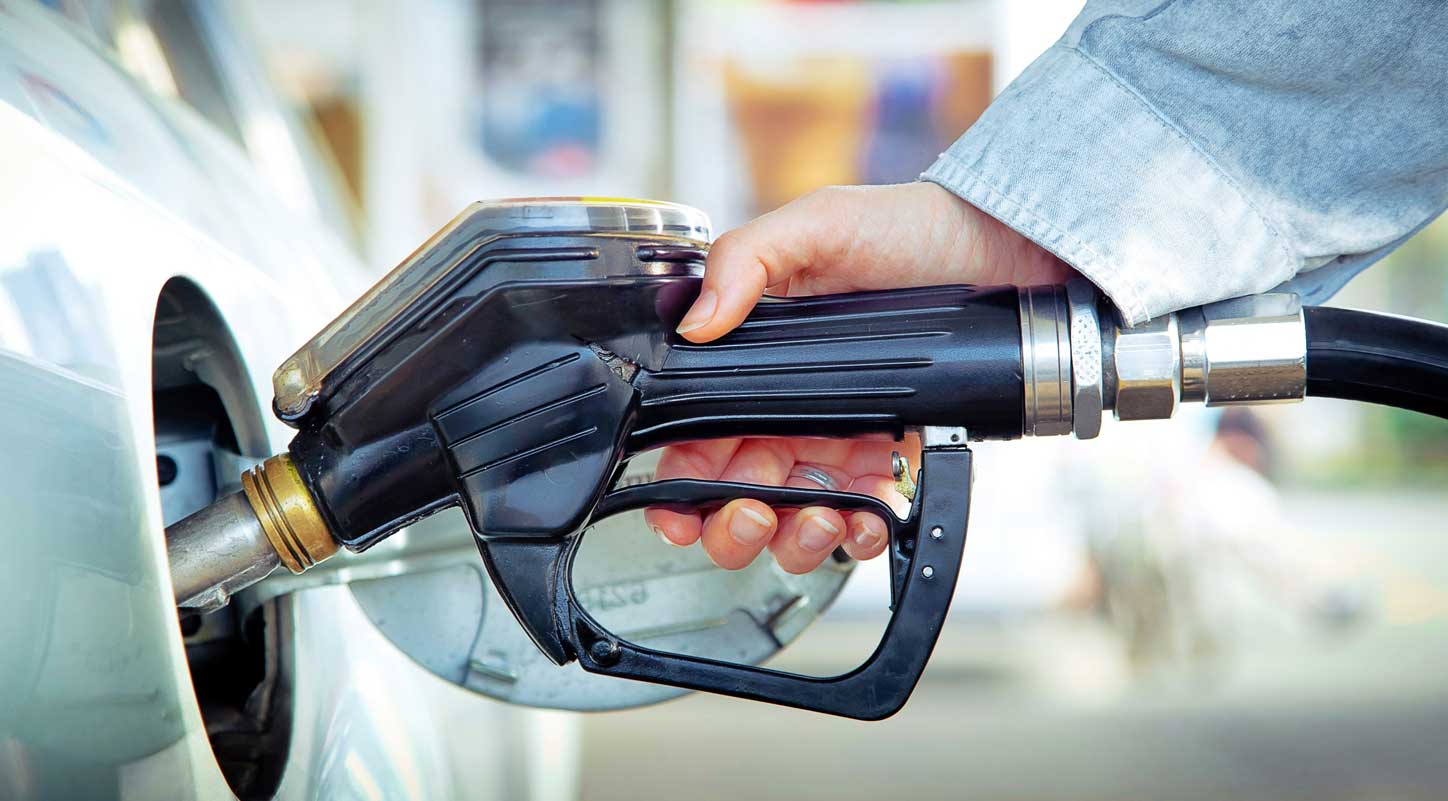
Reducing a vehicle’s weight by using materials like aluminum helps improve fuel efficiency. Lighter vehicles require less energy to move, leading to better gas mileage. This is why manufacturers, like Ford, have adopted aluminum to make their vehicles more economical and environmentally friendly.
Enhanced performance and handling
Using lighter materials like aluminum in vehicles leads to better performance and handling. The reduced weight makes the car more responsive, improving acceleration, braking, and cornering. This results in a smoother, more controlled driving experience, which is especially noticeable in trucks like the Ford F-150.
Environmental benefits
Using aluminum in vehicles offers environmental benefits by reducing weight, which leads to better fuel efficiency and lower emissions. This helps decrease the carbon footprint of cars, making them more eco-friendly. Additionally, aluminum is recyclable, further reducing the environmental impact of vehicle production and disposal.
What is corrosion?
Corrosion is a natural process where metal gradually deteriorates due to reactions with its environment, like moisture and oxygen. This causes the metal to weaken and form rust or other compounds. For example, steel rusts, while aluminum forms a white, powdery layer called aluminum oxide.
How aluminum corrosion differs from steel corrosion
Aluminum corrosion forms a protective layer of aluminum oxide that helps prevent further damage, while steel rusts into a flaky, reddish-brown substance that can weaken the metal. Aluminum’s corrosion is usually less damaging and more localized compared to the widespread rusting of steel
Areas most susceptible to corrosion
The areas most prone to corrosion are those exposed to moisture and road salt, like the hood, doors, and tailgate. These parts face constant weather conditions and physical wear, making them more likely to develop corrosion over time, especially if they get scratches or dents.
Real-life examples and customer complaints
Some Ford owners have reported corrosion issues, especially on the F-150. Common complaints include bubbling paint, rust spots, and weakened panels, often around the hood and tailgate. Many customers are frustrated with the damage appearing relatively early in the vehicle’s life and the costly repairs required.
Environmental factors (e.g., road salt, moisture)
Environmental factors like road salt and moisture can speed up corrosion.Road salt, which is used to melt ice, may adhere to the car and corrode it. Moisture from rain and humidity also promotes corrosion by creating a damp environment that accelerates metal deterioration.
Manufacturing and design flaws
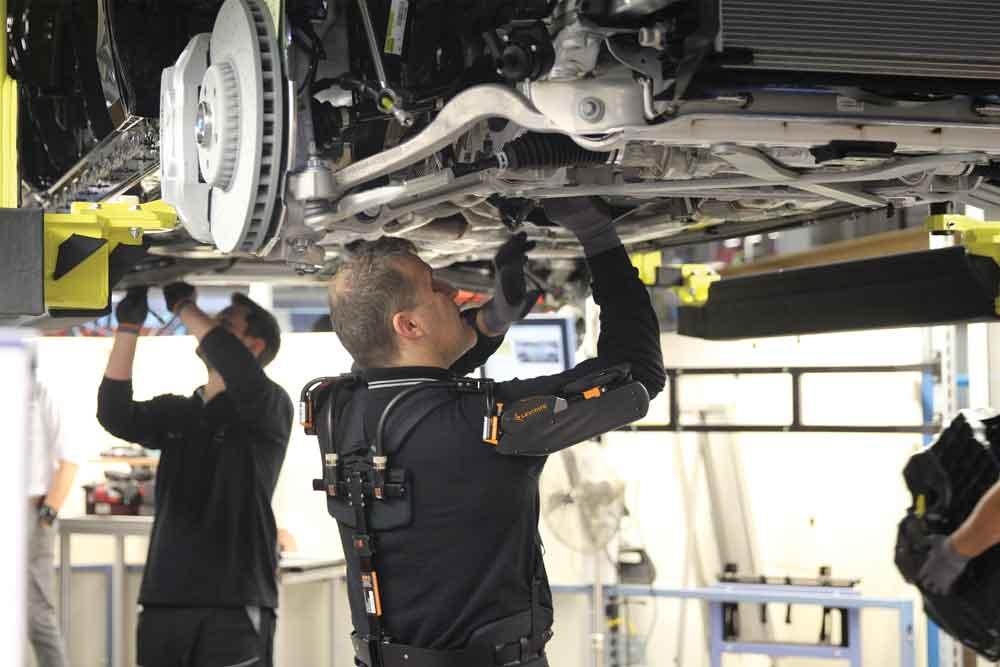
Manufacturing and design flaws can make certain areas of a vehicle more prone to corrosion. Issues like poor sealing, design gaps, or inadequate protective coatings can allow moisture and salt to reach the metal, leading to faster and more severe corrosion.
Poor maintenance practices
Poor maintenance practices, such as not washing off road salt or ignoring scratches and dents, can worsen corrosion. Regular cleaning and prompt repairs are crucial to prevent moisture and salt from causing damage to the vehicle’s metal parts.Ignoring these chores can result in more serious corrosion problems.
Structural integrity concerns
Corrosion can weaken a vehicle’s structural integrity, making it less safe. As the metal deteriorates, it may become brittle or unstable, affecting the vehicle’s strength in crashes or collisions. This can compromise overall safety and the vehicle’s ability to protect its occupants.
Aesthetic damage and resale value
Aesthetic damage refers to any visible damage to a vehicle, such as scratches or dents, that doesn’t affect its function but can lower its appearance. This type of damage can reduce a car’s resale value, as buyers often prefer vehicles that look well-maintained and visually appealing.
Potential safety hazards
Potential safety hazards are risks that could cause harm or accidents, such as faulty brakes, worn-out tires, or broken lights. Identifying and fixing these issues is important to ensure the safety of both the driver and passengers, helping to prevent accidents and keep everyone on the road safe.
Ford’s official stance and actions taken
Ford’s official stance is their public position on an issue, and the actions taken refer to the steps they have implemented to address it. This could involve recalls, policy changes, or safety improvements, showing how Ford responds to concerns and works to protect its customers and reputation.
Recalls and repairs offered by Ford
Ford offers recalls and repairs as part of their dedication to quality and safety.If a problem is found in their vehicles, Ford may recall them, asking owners to bring their cars in for free repairs. This helps ensure that all vehicles are safe and functioning properly.
Customer satisfaction and feedback
Customer satisfaction and feedback reflect how happy customers are with a product or service. Feedback is important as it helps companies understand what they’re doing right and where they need to improve, ensuring better experiences for everyone.
Regular maintenance tips
Regular maintenance tips help keep your vehicle running smoothly. Some important tips include checking and changing the oil, inspecting tire pressure, and keeping fluids topped up. Regularly replacing air filters and brake pads can also prevent bigger issues. Following these tips helps your car last longer and ensures safe driving.
Protective coatings and treatments
Protective coatings and treatments help shield your vehicle from damage. These can include paint coatings to prevent scratches, rust treatments for metal parts, and sealants for interiors. Applying these treatments helps keep your car looking new and protects it from wear and tear over time.
Importance of timely repairs
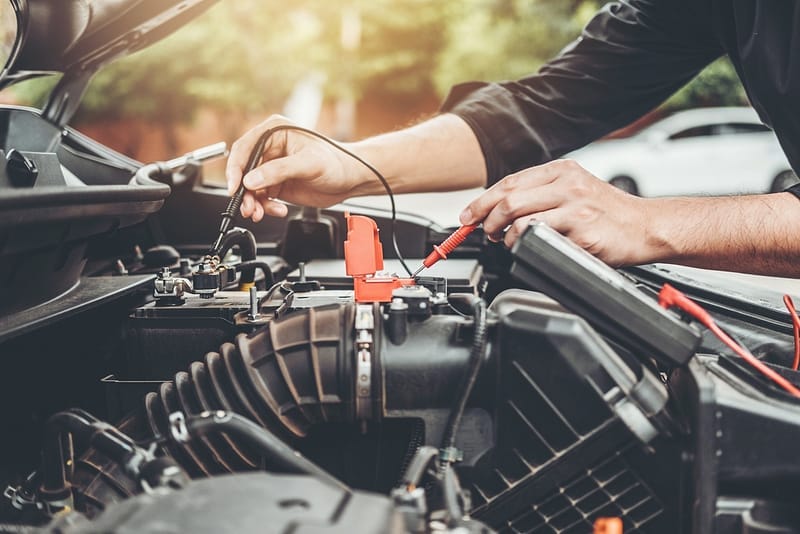
To keep your car safe and in good working order, timely repairs are essential.Fixing problems early can prevent them from becoming bigger and more expensive issues. Regularly addressing repairs also helps maintain your car’s value and ensures a reliable and smooth driving experience.
DIY vs. professional repairs
DIY repairs can save money and give a sense of accomplishment, but they require time and the right tools. Professional repairs, while more costly, ensure the job is done correctly and safely. Choosing between DIY and professional repairs depends on the complexity of the issue and your skill level.
Costs associated with aluminum body repairs
Aluminum body repairs can be more expensive than repairs for steel bodies. This is because aluminum requires specialized tools and skills to fix properly. The higher costs are due to the material’s different properties and the extra care needed to restore the vehicle to its original condition.
Choosing the right repair shop
Choosing the right repair shop involves checking their reputation, certifications, and customer reviews. Look for a shop with experienced technicians and fair pricing. It’s also helpful to visit the shop and ask questions to ensure they provide good service and meet your repair needs.
Pros and cons of aluminum vs. steel in terms of corrosion
Aluminum resists corrosion better than steel and is less likely to rust, making it a good choice for wet environments. However, if aluminum does corrode, the damage can be more serious. Steel, while more prone to rust, is usually easier to repair and maintain.
Long-term durability considerations
Long-term durability considers how well a material or part holds up over time. Factors include resistance to wear, weather, and damage. Choosing high-quality materials and regular maintenance can improve durability, ensuring your vehicle or item stays in good condition and performs reliably for many years.
Trends in the automotive industry
Trends in the automotive industry include the rise of electric vehicles, advanced safety features, and more connected technology. Manufacturers are focusing on eco-friendly options, autonomous driving, and improving overall efficiency. These trends reflect changes in consumer preferences and advancements in technology.
Innovations in corrosion-resistant materials
innovations in corrosion-resistant materials focus on developing new substances that resist damage from rust and wear. These materials, like advanced alloys and coatings, extend the life of products and structures by protecting them from moisture, chemicals, and other damaging elements, making them more durable and reliable.
Future outlook for aluminum in cars
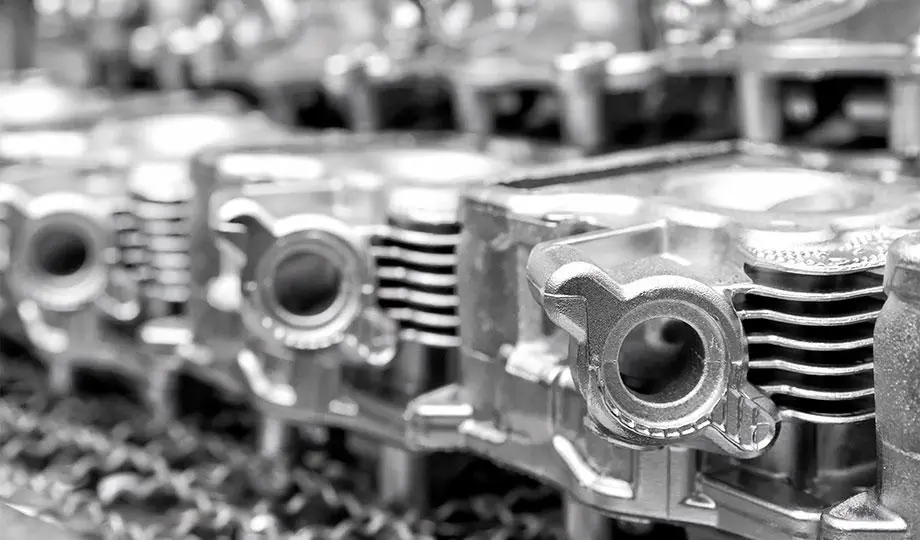
The future of aluminum in cars looks promising as it becomes a popular choice for making vehicles lighter and more fuel-efficient. Aluminum helps improve performance and reduce emissions, leading to better overall efficiency. As technology advances, its use in car manufacturing is expected to grow, making cars more eco-friendly.
F-150: Successes and challenges
The Ford F-150 has been very successful due to its strong performance and durability. However, it faces challenges such as rising fuel efficiency standards and competition from other truck models. Balancing power, efficiency, and modern features will be key for its continued success.
Other Ford models using aluminum
Besides the F-150, other Ford models using aluminum include the Ford Expedition and the Ford Super Duty trucks. Aluminum helps these vehicles become lighter and more fuel-efficient, improving performance and handling while reducing fuel consumption and emissions.
What owners are saying about corrosion in Ford vehicles
Owners have reported mixed feelings about corrosion in Ford vehicles. Some are pleased with the rust resistance, while others have experienced issues with corrosion on certain models. They often suggest better protection and regular maintenance to address these concerns and improve the vehicle’s longevity.
Analysis of customer satisfaction
Customer satisfaction data reveals that consumers place a high value on dependability, quality, and excellent service. Content customers frequently talk about having received good service and results.. Companies can improve by addressing complaints quickly and making changes based on feedback to meet customer expectations better
Conclusion
In summary, while Ford’s shift to aluminum bodies offers benefits like reduced weight and improved fuel efficiency, it also brings challenges such as corrosion, especially in areas exposed to harsh conditions.Maintaining these problems requires timely fixes and routine maintenance.. Owners should stay informed and proactive to keep their vehicles in good condition.
FAQs
What should I do if I notice corrosion on my Ford vehicle?
If you see corrosion on your Ford, clean the area, apply rust treatment, and get a professional repair if needed.
Are there any Ford models less prone to corrosion?
Ford models with enhanced coatings and better designs, like the Ford Expedition and Super Duty trucks, may be less prone to corrosion.
How does Ford’s aluminum compare to other manufacturers’ materials?
Ford’s aluminum is similar to other brands in weight and fuel efficiency, but quality and corrosion resistance can vary.
Can corrosion be completely prevented in aluminum bodies?
Corrosion cannot be completely prevented but can be minimized with regular maintenance, protective coatings, and prompt repairs.
Is it worth investing in a Ford with an aluminum body despite the corrosion risks?
Yes, Ford’s aluminum bodies offer benefits like better fuel efficiency and performance, but regular maintenance is needed to manage corrosion risks.





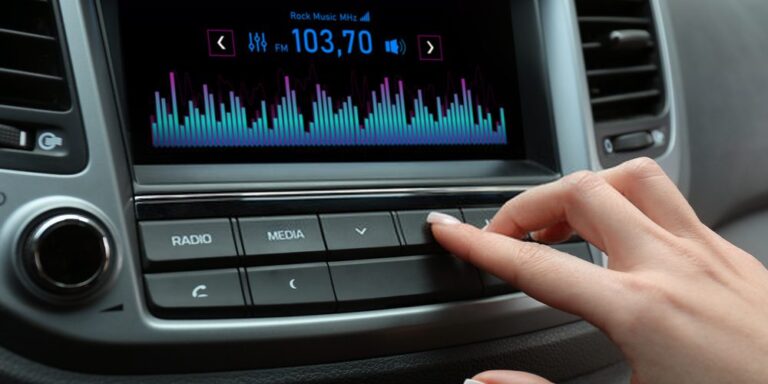
One Comment